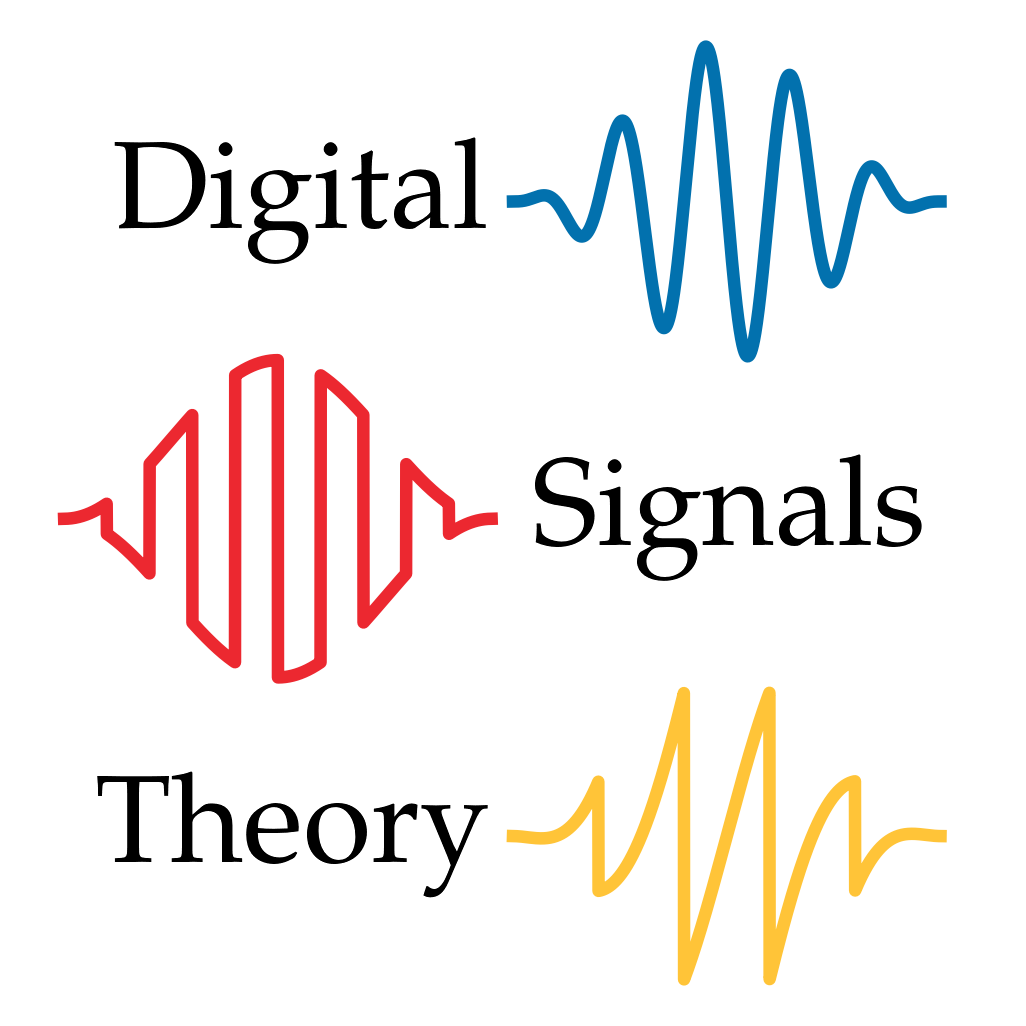The Discrete Fourier Transform
5. The Discrete Fourier Transform#
This chapter introduces the frequency domain representation of signals and the Discrete Fourier Transform. At a high level, the Fourier transform is just a different way of representing a signal: instead of using the sequence of sample values, we use combinations of sinusoids.
Converting between these two representations is done by measuring the similarity of a signal \(x[n]\) to a collection of pre-defined sinusoids, resulting in a collection of similarity scores which characterize the signal. This process can be relatively complicated, so we’ll introduce each step separately in this chapter:
Defining what we mean by similarity between signals
Comparing a signal to a collection of sinusoids (cosine transform)
Moving to complex sinusoids (the Fourier transform)
Understanding the frequency domain
Examples
From this chapter onward, we’ll be making extensive use of complex numbers.
